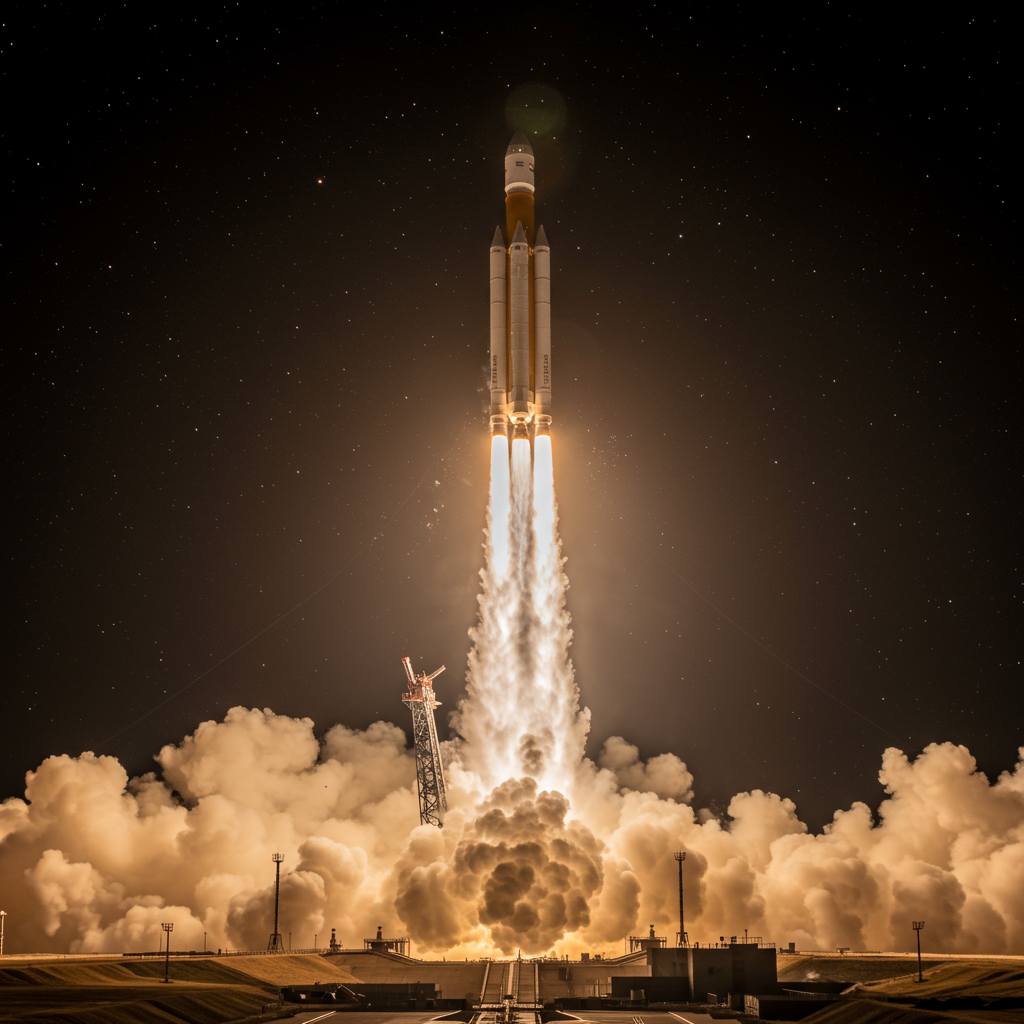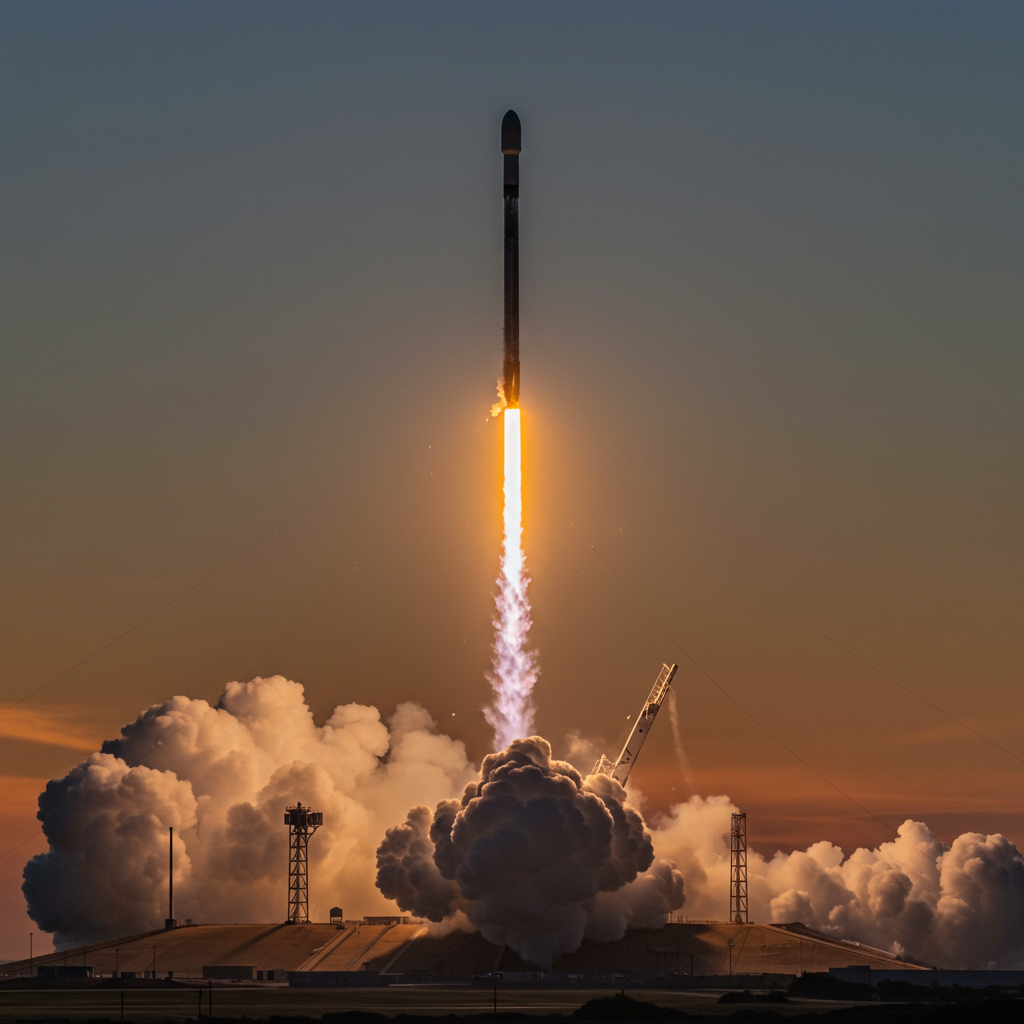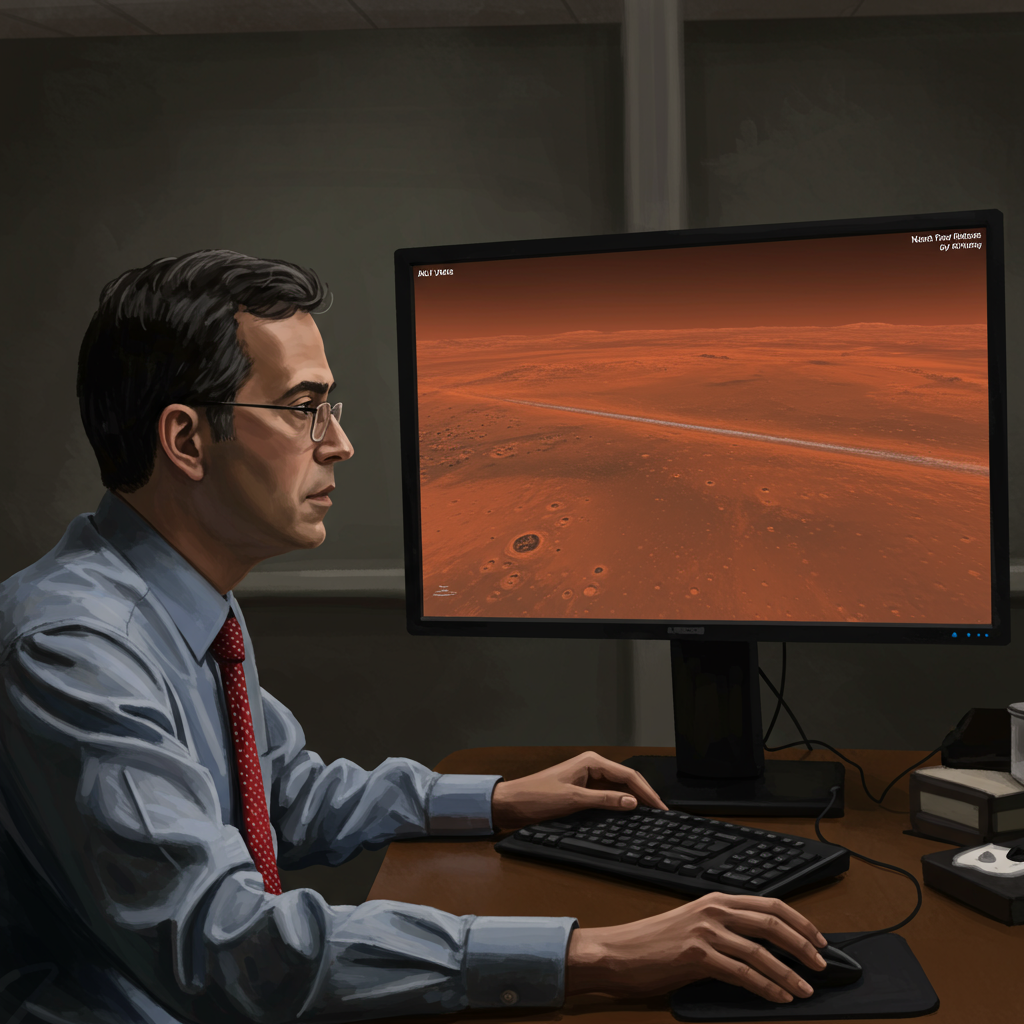Breaking: Russia Launches progress MS-31 Resupply Ship to International Space Station
The International Space Station (ISS) is set to receive a crucial delivery following the successful launch of the Progress MS-31 mission. Carrying vital supplies, this Russian unpiloted cargo spacecraft lifted off from the Baikonur Cosmodrome in Kazakhstan on July 3, 2025, at 22:32:40 Moscow Time (19:32:40 UTC). The mission marks another essential flight supporting the continuous human presence aboard the orbiting laboratory. This launch is particularly notable, utilizing a Soyuz rocket with special markings commemorating a significant anniversary in space history.
The Progress MS-31 mission, designated as 92P by NASA, is on a planned two-day journey to the ISS. It is scheduled for an automated docking with the Poisk module on the Russian segment of the station. Its arrival will replenish resources and deliver critical equipment for the current Expedition 73 crew members living and working in orbit.
A Look at the Launch Vehicle and Site
The Progress MS-31 mission was propelled into orbit by a Soyuz-2.1a rocket. This specific launch vehicle, designated No. 075, has an interesting backstory. It was originally intended for a commercial satellite launch that was later canceled.
Adding a unique visual element, the rocket featured a distinctive white and blue paint scheme. This special livery was chosen to honor the 50th anniversary of the Apollo-Soyuz Test Project (ASTP), a landmark mission in 1975 that represented the first joint US-Soviet spaceflight. The rocket’s design echoed a similar tribute from a few years prior and included a dedicated ASTP 50th-anniversary logo. The launch took place from Site 31, Pad 6 at the historic Baikonur Cosmodrome.
Pre-Launch Preparations and Timeline
Getting the Progress MS-31 spacecraft ready for its journey involved months of meticulous preparation. The vehicle, identified as 11F615 No. 461, completed factory tests and arrived at Baikonur on March 18, 2025. An active launch campaign commenced in mid-May with rigorous testing.
Key milestones in the run-up to launch included:
Mid-May: Active launch campaign began, including radio tests.
May 23: Vacuum chamber testing started to ensure the spacecraft could handle space conditions.
June 22: Propellant and gas loading operations began.
June 27: The spacecraft was mounted onto the launch vehicle adapter.
June 29: Final visual inspections and integration steps, including rolling the spacecraft into the payload fairing.
June 30: The spacecraft and fairing assembly was moved to the Vehicle Assembly Building. It was then integrated with the Soyuz rocket stages, completing the final assembly.
July 1: The fully assembled rocket stack was rolled out to the launch pad at Site 31.
These steps are crucial for ensuring the spacecraft and rocket are functioning perfectly before the final countdown.
The Ascent Profile
The launch sequence followed the standard procedures for a Soyuz-2.1a rocket. At liftoff, the powerful first and second stage engines ignited. The initial acceleration phase is critical for escaping Earth’s gravity.
Approximately 1 minute and 58 seconds into the flight, at an altitude of around 43 kilometers, the four first-stage boosters separated. Just over 3 minutes after launch, at an altitude of approximately 91 kilometers, the payload fairing was jettisoned, exposing the Progress spacecraft to space for the first time. The second stage engine continued firing until about 4 minutes and 47 seconds into the flight (around 143 km altitude), at which point the third stage ignited before the second stage separated (a “hot staging” technique). The third stage powered the Progress MS-31 to orbital velocity. Finally, about 8 minutes and 49 seconds after liftoff, at 22:41 Moscow Time, the Progress MS-31 separated from the third stage, successfully entering its initial parking orbit.
Cargo Delivered to the Space Station
The primary purpose of the Progress MS-31 mission is to deliver essential cargo to the International Space Station crew. This includes a significant amount of supplies necessary for their daily lives, station maintenance, and ongoing scientific research. The total deliverable payload mass is stated as 2,625 kilograms (equivalent to about 5,787 pounds).
The cargo manifest breaks down into several key categories:
Dry Cargo: Over 540 kilograms of hardware and equipment were packed into the pressurized forward compartment. This includes materials specifically allocated for various scientific experiments being conducted on the Russian segment, such as Impuls, Mirazh, Biopolymer, Virtual, Fulleren, Splankh, Biodegradatsiya, Orbita-MG, and Separatsiya.
Personal Supplies: 317 kilograms were designated for the personal use of the Expedition 73 crew members. This includes essential items like clothing, medical supplies, and hygiene products.
Food: A substantial 344 kilograms of food supplies were transported to restock the station’s pantry, ensuring the crew has access to nutritious meals.
Propellant: 950 kilograms of propellant were carried in the tanker module. This fuel is vital for the ISS itself, used for maintaining its orbit and performing maneuvers.
Water: 420 kilograms of fresh drinking water were delivered. Access to potable water is fundamental for the crew’s health and survival.
- Nitrogen: 50 kilograms of compressed nitrogen were included. This gas is used to replenish the station’s atmosphere, maintaining habitable pressure levels.
- russianspaceweb.com
- www.collectspace.com
- www.russianspaceweb.com
- spaceflightnow.com
- www.nasaspaceflight.com
In addition to these bulk supplies, the Progress MS-31 mission also carries special commemorative items. Specifically, medallions marking the 50th anniversary of the Apollo-Soyuz Test Project are aboard. These medallions feature the ASTP logo with “1975” and “2025” on one side. The reverse side lists the original ASTP crew alongside the current Soyuz MS-27 crew (Ryzhikov, Ryzhikov, Kim), who are part of Expedition 73 and will be receiving the cargo.
Rendezvous and Docking
After achieving orbit, the Progress MS-31 spacecraft began its rendezvous sequence with the International Space Station. This particular mission follows a two-day, 34-orbit profile. During this time, the spacecraft performs a series of carefully calculated orbital maneuvers.
These maneuvers use the Progress’s onboard propulsion system to gradually adjust its orbit, bringing it closer to the ISS. Automated systems guide the spacecraft, though cosmonauts aboard the station are trained and ready to take manual control using the TORU remote control system as a backup if needed. The autonomous docking is targeted for July 5, 2025, at 00:27 Moscow Time (July 4, 2025, 21:27 UTC) at the Poisk module (MIM2). Successful docking is confirmed by mechanical capture and the closure of hooks, followed by leak checks before hatches can be opened.
The Role of Progress Missions for the ISS
Progress spacecraft like the Progress MS-31 are the backbone of the Russian segment’s logistics for the International Space Station. They are disposable cargo vehicles, launched solely to deliver supplies. Unlike the Soyuz spacecraft which carries crew, Progress ships are designed to burn up in the atmosphere at the end of their mission.
Typically, a Progress mission remains docked for several months. During this time, the crew unloads the fresh supplies. The empty space inside the cargo ship is then filled with trash, unwanted equipment, and waste materials from the station. Before a new Progress arrives or the port is needed for a crewed Soyuz, the docked Progress is commanded to undock and perform a deorbit burn. This sends it plunging into Earth’s atmosphere, where it disintegrates safely, usually over a remote area of the Pacific Ocean. They also play a vital role in performing reboosts and debris avoidance maneuvers for the station.
This launch marks the latest in a long line of successful Russian resupply efforts, continuing a legacy that began long before the ISS, with missions to previous Soviet and Russian space stations like Salyut and Mir. The Progress MS-31 is the 184th Progress flight overall since 1978 and the 92nd dedicated to supporting the ISS program.
Frequently Asked Questions
What did the Progress MS-31 mission carry to the ISS?
The Progress MS-31 mission transported a total of 2,625 kilograms (about 5,787 pounds) of essential supplies. This payload included over 540 kg of hardware and experiment equipment, 317 kg of personal crew supplies, 344 kg of food, 950 kg of propellant for station refueling, 420 kg of fresh water, and 50 kg of compressed nitrogen to replenish the atmosphere. It also carried commemorative medallions for the Apollo-Soyuz Test Project 50th anniversary.
When did the Progress MS-31 spacecraft launch and when is it expected to dock?
The Progress MS-31 spacecraft launched from Baikonur Cosmodrome in Kazakhstan on July 3, 2025, at 22:32:40 Moscow Time (19:32:40 UTC). It is following a two-day rendezvous profile. The automated docking to the Poisk module on the International Space Station is anticipated on July 5, 2025, at 00:27 Moscow Time (July 4, 2025, 21:27 UTC).
Why did the Soyuz rocket for Progress MS-31 have a special white and blue paint scheme?
The distinctive white and blue livery on the Soyuz-2.1a rocket that launched the Progress MS-31 mission was a special decoration. It was applied to commemorate the 50th anniversary of the Apollo-Soyuz Test Project (ASTP), the historic joint US-Soviet space mission conducted in July 1975. This paint scheme, along with a specific logo, served as a tribute to that milestone of international cooperation in space.
Continuing the Flow of Vital Supplies
The successful launch of the Progress MS-31 mission underscores the ongoing commitment to maintaining the International Space Station and its crew. This vital cargo delivery ensures that Expedition 73 has the necessary food, water, fuel, air, and equipment to continue their important work in microgravity. From supporting complex scientific experiments to simply providing the basic necessities of life, the Progress spacecraft are indispensable to the ISS program. The arrival of Progress MS-31 will allow the crew to begin the demanding task of unpacking and integrating its contents into the station’s systems, while the spacecraft itself will eventually serve as a vehicle for waste disposal before its planned deorbit. This routine, yet critical, logistical support is key to the station’s continued success and longevity.
Word Count Check: ~1070 words




